In 1863 he went to Copenhagen to study with Frederik Rohde [de] and take classes at the Royal Danish Academy of Fine Arts. From 1864 to 1867, he completed his studies at the Kunstakademie in Düsseldorf with Oswald Achenbach and was influenced by the works of Hans Gude. After completing his studies, he stayed in Düsseldorf.
From 1868 to 1900, he was a member of Malkasten, a local artists' association. The variety of his landscapes diminished after 1870, when he devoted himself almost entirely to fjords. This is probably a response to tourist preferences. After 1870, he began to paint various landscapes to meet the demand of tourists who wanted images of fjords. He became one of the most productive fjord painters and enjoyed his greatest success in Germany.
He never repeated the same patterns and gave each image a unique touch. In 1899 he moved to Berlin, but returned to Norway every summer to sell his paintings.
After 1900, he began painting with a palette knife and lightened his colors, in imitation of Adelsteen Normann. His paintings always included foregrounds with people and boats, sometimes houses.
Many of his works were copied and sold as prints. Some art historians argue that he would be better known today if he had become a member of the Berlin Secession.
His works are exhibited at the National Gallery of Denmark, the Deutschen Schifffahrtsmuseum in Bremerhaven, the Gemäldegalerie in Dresden and the Kunstmuseum in Düsseldorf. Many of his paintings are held by the Bergen Museum of Art & Science.








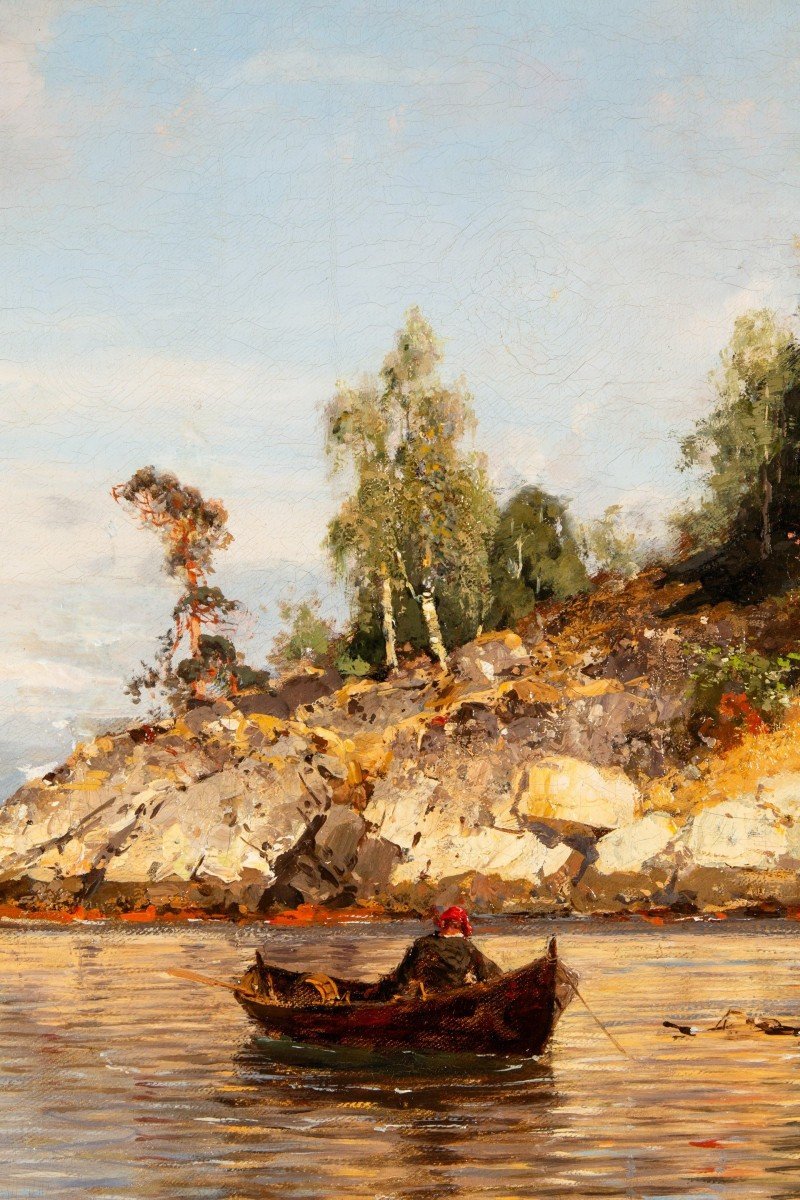























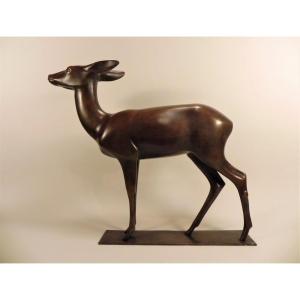

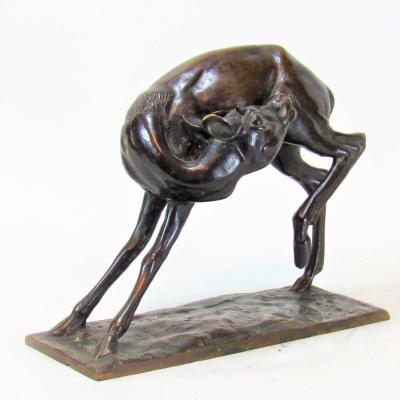
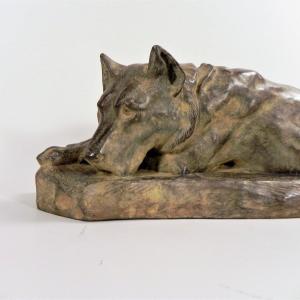
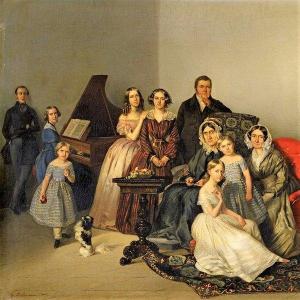


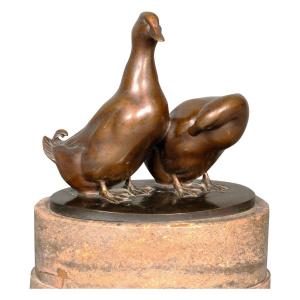




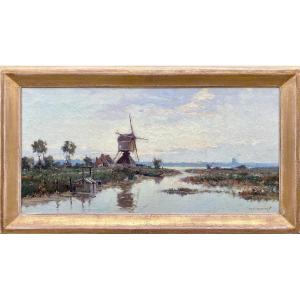
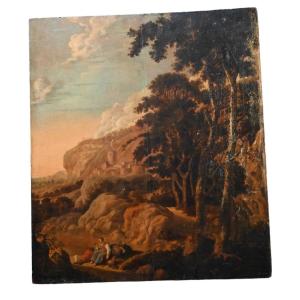




 Le Magazine de PROANTIC
Le Magazine de PROANTIC TRÉSORS Magazine
TRÉSORS Magazine Rivista Artiquariato
Rivista Artiquariato